Life
Sign up for our newsletter
We summarize the week's scientific breakthroughs every Thursday.
-
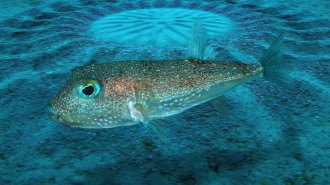 Animals
AnimalsPufferfish may be carving mysterious ‘crop circles’ near Australia
In 2011, scientists discovered that tiny pufferfish were sculpting Japan’s underwater “mystery circles.” Now, more circles have emerged in Australia.
By Jake Buehler -
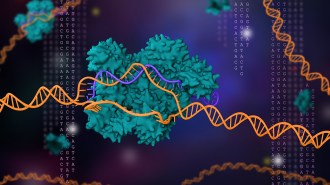 Genetics
GeneticsGene-editing tool CRISPR wins the chemistry Nobel
A gene-editing tool developed just eight years ago that has “revolutionized the life sciences” nabbed the 2020 Nobel Prize in chemistry.
-
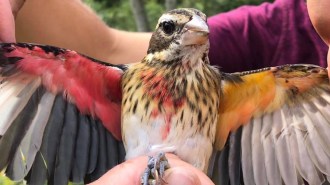 Animals
AnimalsThis rare bird is male on one side and female on the other
Researchers at Powdermill Nature Reserve near Pittsburgh spotted a bird with pink male coloring on half of its body and yellow female hues on the other.
-
 Neuroscience
NeuroscienceYour dog’s brain doesn’t care about your face
Comparing brain scans of people and pups shows that faces hold no special meaning to the brains of dogs, a new study suggests.
-
 Health & Medicine
Health & MedicineHepatitis C discoveries win 2020 Nobel Prize in physiology or medicine
The 2020 medicine Nobel recognizes work that found that a novel virus was to blame for chronic hepatitis and led to a test to screen blood donations.
-
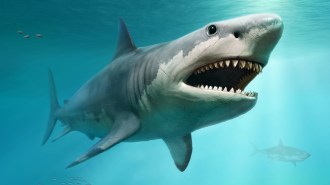 Paleontology
PaleontologyCannibalism in the womb may have helped megalodon sharks become giants
The ancient sea terror Otodus megalodon may have grown to at least 14 meters long thanks to a firstborn pup’s predatory behavior, some researchers say.
-
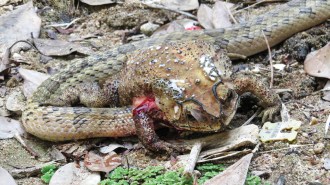 Animals
AnimalsThis snake rips a hole in living toads’ stomachs to feast on their organs
A particularly gruesome way to kill may help small-banded kukri snakes avoid toxins secreted from the neck and backs of some toads.
-
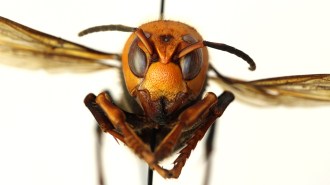 Life
LifeA new map shows where Asian giant hornets could thrive in the U.S.
Suitable habitat along the Pacific West Coast means so-called “murder hornets” could get a foothold in North America if they aren’t eradicated.
-
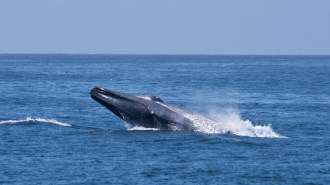 Life
LifeBefore migrating, some blue whales switch up the timing of their songs
Pacific blue whales change the daily timing of their songs ahead of migration, helping scientists better anticipate these massive animals’ movements.
By Jake Buehler -
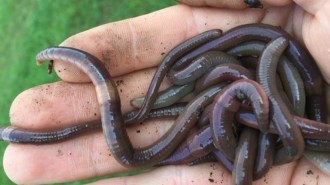 Environment
EnvironmentInvasive jumping worms damage U.S. soil and threaten forests
Also known as snake worms, these writhing wrigglers turn forest leaf litter into bare ground, changing soil composition and ecosystems as they go.
By Megan Sever -
 Ecosystems
EcosystemsTrapped under ice, light-loving algae grow in the dark Arctic winter
Blocked off from nearly all light beneath a thick layer of ice and snow in the winter, marine phytoplankton in the Arctic still find a way to thrive.
-
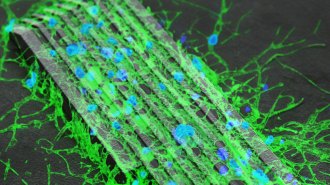 Neuroscience
NeuroscienceTiny, magnetically controlled robots coax nerve cells to grow connections
Research using microrobots and nerve cells from rats could point to new treatments for people with nerve injuries.